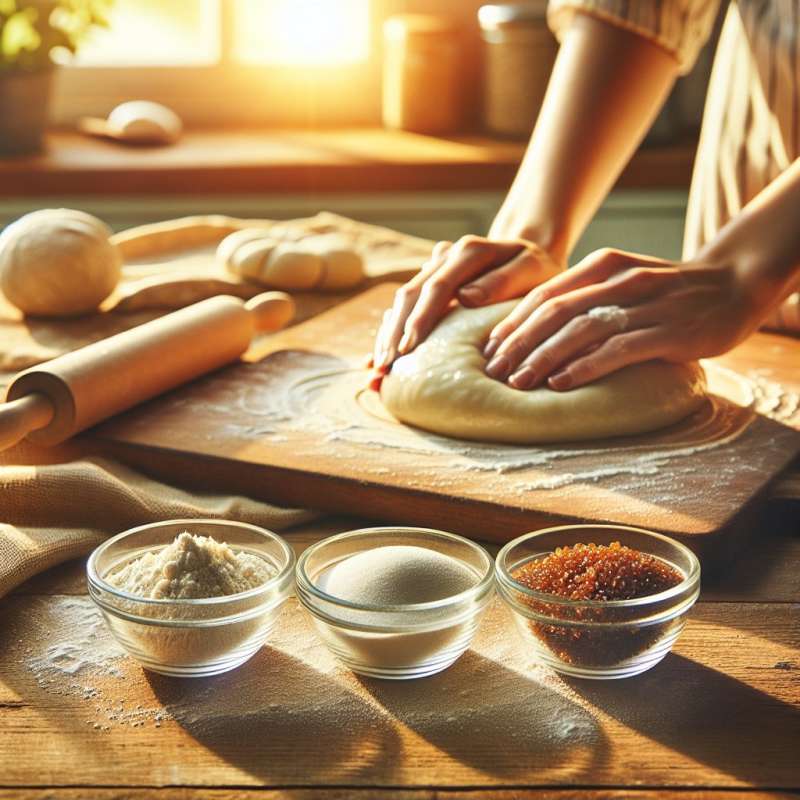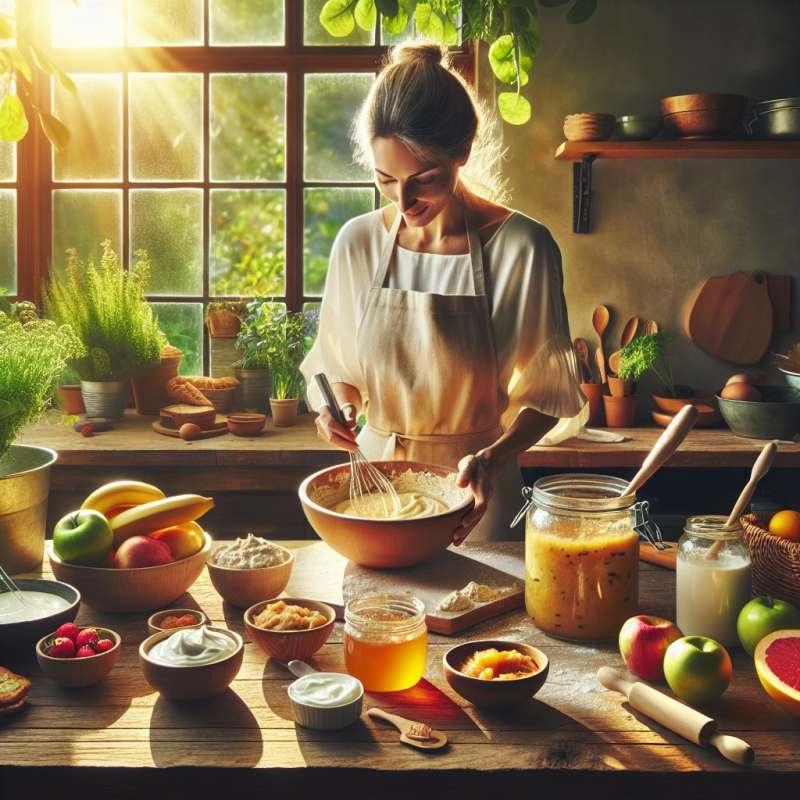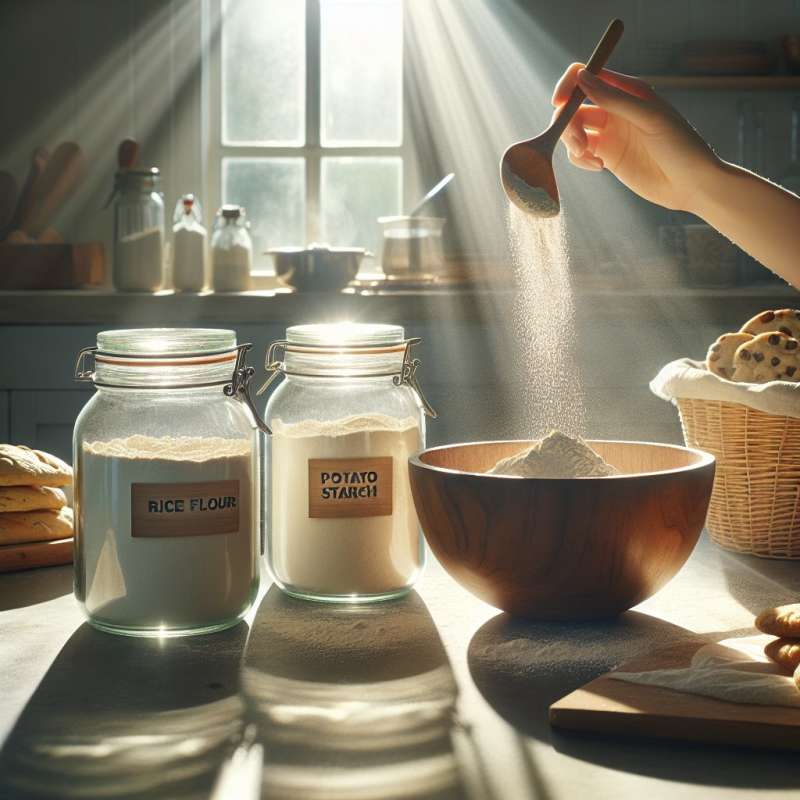
Introduction to Gluten-Free Baking
Gluten-free baking involves using alternative flours and techniques to replicate the texture of gluten-containing baked goods. Key ingredients include rice flour, almond flour, and xanthan gum, which provide structure and elasticity in the absence of gluten.
Understanding Gluten Alternatives
Gluten substitutes like xanthan gum, guar gum, and psyllium husk help bind and stabilize doughs and batters. These ingredients mimic the stretchy, binding properties of gluten, ensuring that baked goods don't crumble or fall apart.
Moisture Retention Techniques
Gluten-free baked goods can be dry. Adding ingredients like applesauce, yogurt, or mashed bananas can improve moisture retention. Additionally, using liquid sweeteners like honey or agave syrup can help maintain a moist texture.
Combining Flours for Texture
Using a blend of different gluten-free flours can replicate the texture of wheat flour. For example, combining rice flour, potato starch, and tapioca flour creates a versatile mix that works well for cakes, cookies, and bread.
Surprising Ingredient: Aquafaba
Aquafaba, the liquid from canned chickpeas, can be whipped into a meringue-like consistency, making it a fantastic egg substitute in gluten-free baking. It adds structure and lightness to cakes, cookies, and even macarons!Ancient Gluten-Free Recipe
Ancient Greeks used chestnut flour as a gluten-free alternative over 2,000 years ago, showcasing their early ingenuity in baking without wheat.
Which flour provides elasticity in gluten-free baking?
Rice flour
Almond flour
Xanthan gum
Company